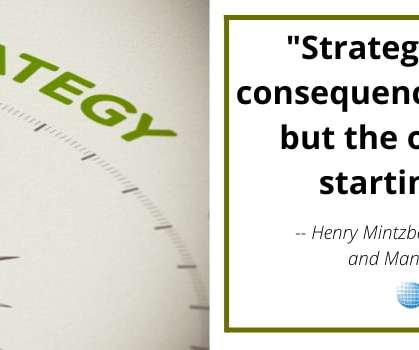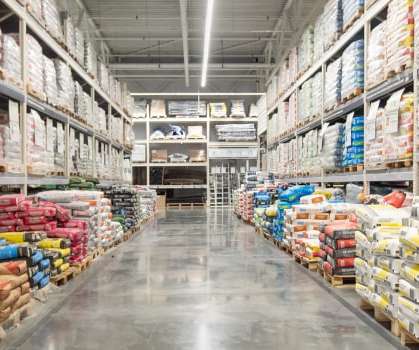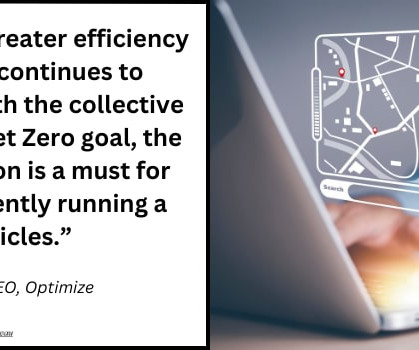Top courses to upskill manufacturers
SYSPRO Smarter ERP
AUGUST 9, 2022
Investing in an ERP system and other business systems is an expensive exercise and by not investing resources into training and education, manufacturers will not get the full return on investment. For example, a controller is the person responsible for managing cash flow, overseeing budgets, and preparing financial statements.














Let's personalize your content